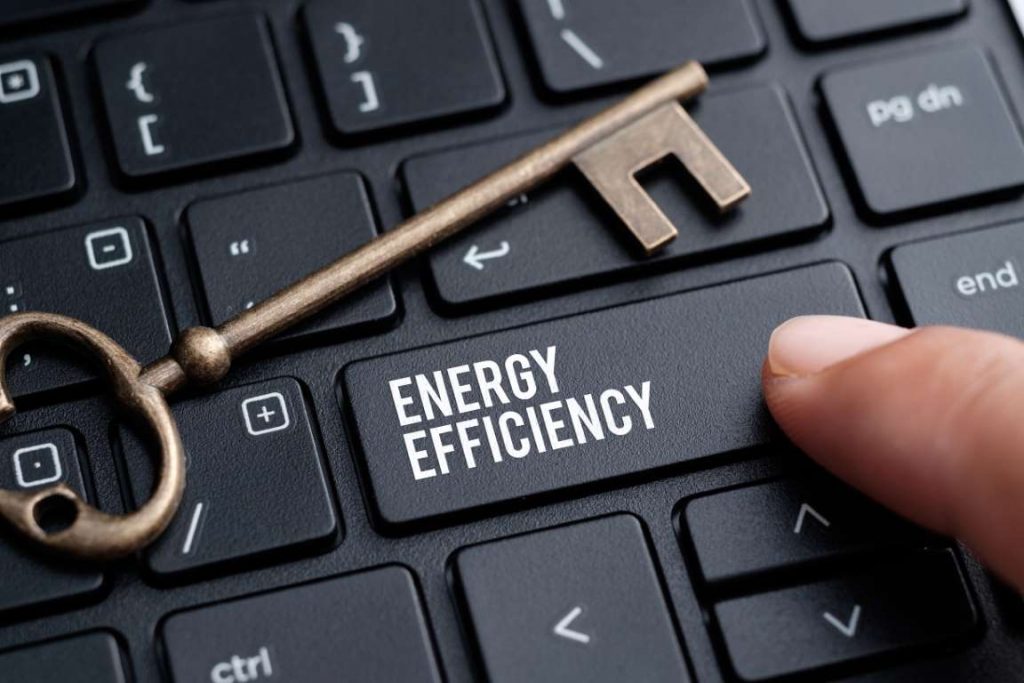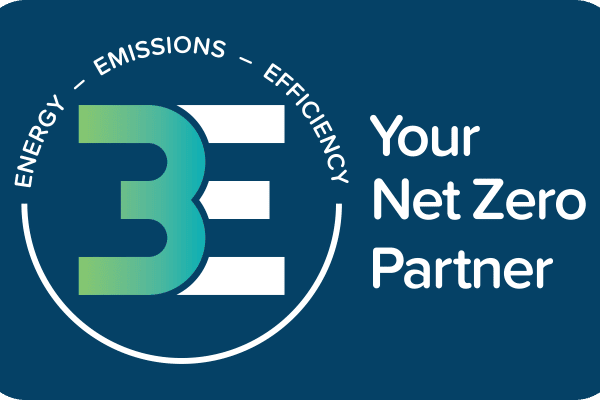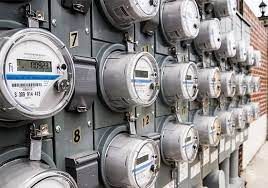Energy productivity key to Economic Recovery…
Energy efficiency means using less energy to achieve the same outcomes. Better energy efficiency lowers electricity bills, makes businesses more competitive and is the most cost-effective way to cut greenhouse gas emissions.
Australia’s chief scientist, Alan Finkel, described energy efficiency measures to save electricity as the best form of energy generation:
a gigawatt of power not needed because you’ve done an efficiency measure is the best form of energy generation that you could possibly ever hope to have.
Energy efficiency is vitally important to achieving energy productivity and driving economic growth
Energy productivity simply means getting more economic output using the same or less energy.
A simple example that describes the link between energy efficiency and energy productivity – and how energy productivity can lead to economic growth:
Imagine a manufacturer uses 1,000kWh of electricity to produce 100 units (10kWh per unit); after some energy efficiency measures, reducing its electricity usage by 20%, the manufacturer now uses 800kWh to produce the same 100 units as before (8kWh per unit).
Energy efficiency reduces the amount of energy required for the same outcomes, however energy productivity is where the manufacturer can now increase its production output to 125 units – a 25% gain on previous output – while using 1,000kWh – same amount of electricity as before energy efficiency measures took place.
In this example, a 20% reduction in energy consumption leads to a 25% increase in production output using the same energy – in other words ‘getting more economic output using the same or less energy’.
Now for argument’s sake, let’s say that the manufacturer’s production capacity is maxed out at 100 units per month based on current capital (labour, equipment etc) – so even as they reduce energy consumption by 20% they can’t physically produce anymore units. To increase production levels (say the 25 additional units) more capital would need to be acquired to make and sell those additional units, thus creating jobs and fostering growth within the business, the industry it operates and the wider economy; – in other words – getting more economic output using the same or less energy”
The theory is that if you increase energy productivity of an entire sector or sectors within an economy – through energy efficiency – there would be considerable gains in Gross Domestic Product (GDP) and jobs growth relative to the same or less energy consumption being used – that is the power (pun intended) of energy efficiency.
Boosting Australia’s energy productivity is arguably more important now than ever before, particularly as Australia is grappling with an economic recession and high unemployment resulting from COVID-19 lockdowns.
There is, however, some evidence to suggest that the federal government have been paying little attention to energy efficiency and energy productivity.
For instance:
- The Technology Investment Roadmap (draft released in May 2020) suggests little attention to boosting energy productivity. The roadmap suggests a major role and long term priority for gas – a fossil fuel – alongside hydrogen, renewable energy and, potentially, nuclear power.
- According to leaked reports, the National Covid-19 Coordination Commission is heavily backing gas to drive the economic recovery.
- Even the government’s national energy productivity plan, agreed by the nation’s energy ministers back in 2015, has gone nowhere – according to Hugh Saddler, Associate Professor at Australian National University.
Hugh Saddler noted that the national energy productivity plan set a goal of a 40% improvement in energy productivity by 2030. But based on the most recent official data, shows that in the three years to 2017-18, energy productivity increased by a mere 1.1%.
While renewable energy’s share of the electricity mix has increased – energy productivity has stalled.
Hugh Saddler argues that government have tried to hide how badly Australia is travelling on improving energy efficiency.
Until 2015, Australia and most other countries used final energy – energy supplied to a consumer such as electricity – as a measure of how rapidly energy efficiency was improving.
But the national productivity plan instead set goals around primary energy productivity – primary energy is extracted from the environment including coal and renewable energy through wind turbine and solar– aiming to increase primary energy productivity by 40% between 2015 and 2030.
So by setting primary energy productivity goals, the government has effectively shone the light on one aspect of energy productivity (primary energy), but not on the most important part as it relates to energy efficiency (final energy).
Over the three years from 2014-15 to 2017-18, final energy productivity increased by only 1.1%, whereas primary energy productivity increased by 3.5%.
The reduced primary energy consumption – primary energy productivity – is mostly due to a large increase in wind and solar generation. The efficiency of energy used by final consumers has scarcely changed.
Allan Finkel has warned the country is not doing enough to lift energy efficiency.
Finkel told an industry seminar that Australia had ongoing issues with energy efficiency and productivity, also noting that the national energy productivity plan, did not appear on a list of national climate and energy policies.
“I don’t think we’re anywhere close to having that nailed,” Finkel said on energy efficiency.
Boosting Energy Productivity Key to Economic Recovery
Now there is growing pressure on the Government from various groups to place energy efficiency and energy productivity back on the agenda as a top priority to simultaneously kick start a stuttering economy and reduce emissions.
Recently, a cross-society collection of groups – representing business, the energy industry, property owners, unions, major investors, disadvantaged people and the environment – have joined forces to warn that Australian government that Australia’s prosperity beyond the pandemic depends on eradicating greenhouse gas emissions.
The groups say there are many opportunities to cut emissions, but single out energy efficiency and smart energy demand management as keys to transforming Australia’s energy future and drive economic recovery beyond the pandemic.
The group said improvements could include:
- more efficient and controllable appliances and equipment, especially for heating and cooling
- improved shading and thermal envelopes (improving the way a building’s walls, ceiling and floors prevent heat transfer)
- smart meters to measure energy use
- distributed energy generation and storage, such as wind and solar backed by batteries
- fuel switching (replacing inefficient fuels with cleaner and economical alternatives)
- equipment, training and advice for better energy management.
Buildings are responsible for nearly a quarter of national greenhouse gas emissions. The organisations calling for better energy efficiency say it could cut emissions, create 120,000 thousand jobs and, unlike some other proposed stimulus measures, be delivered immediately.
An analysis by the climate change thinktank Beyond Zero Emissions, developed as part of the group’s million jobs plan, found about 200,000 jobs could be created through policies to create net-zero energy buildings. A net-zero energy building produces as much energy as it consumes over a one-year period.
Businesses and organisations can take direct action themselves and boost their own energy productivity
- By investing in energy efficiency retrofit upgrade projects – by engaging an ESCO to deliver performance-based turn-key solutions through Energy Performance Contracting or Guaranteed Energy Savings Projects
- If access to capital is an issue, consider an Energy Services Agreement model, which has become increasingly popular in recent times.
- Take advantage of various grants and rebates available (for example the Energy Efficiency Small Business Grants where eligible businesses can receive up to $20,000 in Grant monies to invest in energy efficiency)








